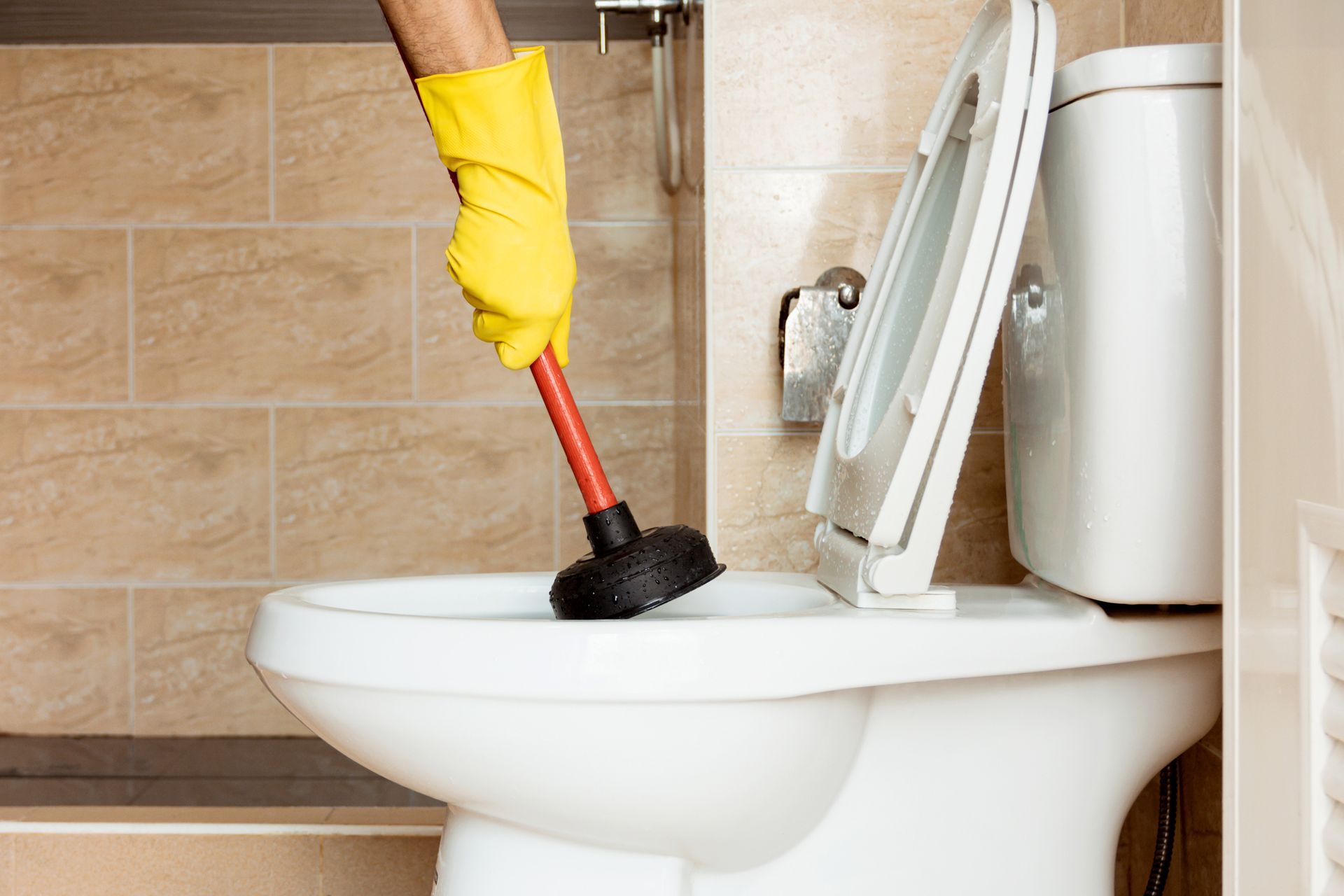Potential Causes of Toilet Overflows
- By Admin
- •
- 03 Sep, 2020
- •

A toilet overflow wastes water, endangers your household, and interferes with your home's comfort. Unfortunately, many things can cause a toilet to overflow, and you might not spot the problem right away. Below are some common causes of toilet overflows.
Clogs
If something blocks the flow of waste out of the house, the waste will accumulate in the toilet and eventually overflow. Below are some of the ways drain clogs can cause toilet overflows.
Clogs in the Main Sewer Line
All the waste inside your house ends up in the main sewer line outside your house. Thus, if this mainline clogs, every plumbing appliance in the house, including the toilet, won't drain. If you continue to use your plumbing appliances, they will eventually back up and overflow.
Clogs in the P-Trap
Most toilets come with a P-trap to keep sewer gases out of the house. This part of the toilet has an odd shape that slows down the flow of effluent and increases the risk of clogging. Solid debris can accumulate here, clog the drain, and cause the toilet to overflow.
Ultra Low-flush Toilet Problems
Some early models of ultra-low flush toilets are relatively inefficient. In some cases, you have to flush those several times to get rid of waste. Otherwise, the toilets can clog and overflow.
Vent Blockage
The air in plumbing vents provides the atmospheric pressure to push water down the drains. If something blocks the vents, negative pressure will build up in the house. The negative pressure will slow the drains. The waste from the toilet can then clog the drain and overflow.
Mechanical Malfunction of the Toilet
Mechanical malfunctions that interfere with the normal operations of the toilet can also cause toilet overflows. For example, the toilet has a fill valve float that prevents more water from entering the toilet once the tank is full. Improper adjustment of the valve can allow more water into the tank even if it's full. In this case, the toilet will overflow from the tank.
Septic Tank Issues
If you have a septic system, then septic malfunctions can also cause the toilet to overflow. Below are examples of such septic problems.
Full Septic Tank
The septic tank holds wastes and gives bacteria time to decompose the waste. Solid wastes remain in the tank while liquid wastes flow into the septic drain field. Over time, the tank fills and requires emptying (pumping). If you don't pump the tank when it's full, wastes from the house won't have anywhere to go. The waste will back up and overflow out of the toilet.
Failed Drainfield
The drainfield absorbs the treated waste that comes out of the tank. The drainfield won't absorb the waste if it has too much water already, for example, from a flood. The same thing will happen if the drainfield soil is compacted, for example, due to construction activities. Septic waste won't have anywhere to go, the tank will fill, and waste will back up into the toilet.
Septic Pump Malfunction
Some septic systems rely on gravity to get waste out of the tank. Other systems use powered pumps. In case your system uses a pump, then waste will accumulate in the tank if the pump fails. Again, the waste will back up in the house and overflow out of the toilet.
As you can see, multiple issues can cause your toilet to overflow. Contact an emergency plumber for help if your toilet overflows and you can't spot or stop the problem right away. Peter Piper's Plumbing & Drain Cleaning Service operates round the clock and can help you with any plumbing issues. Contact us so that we can get your plumbing system operating efficiently again.





